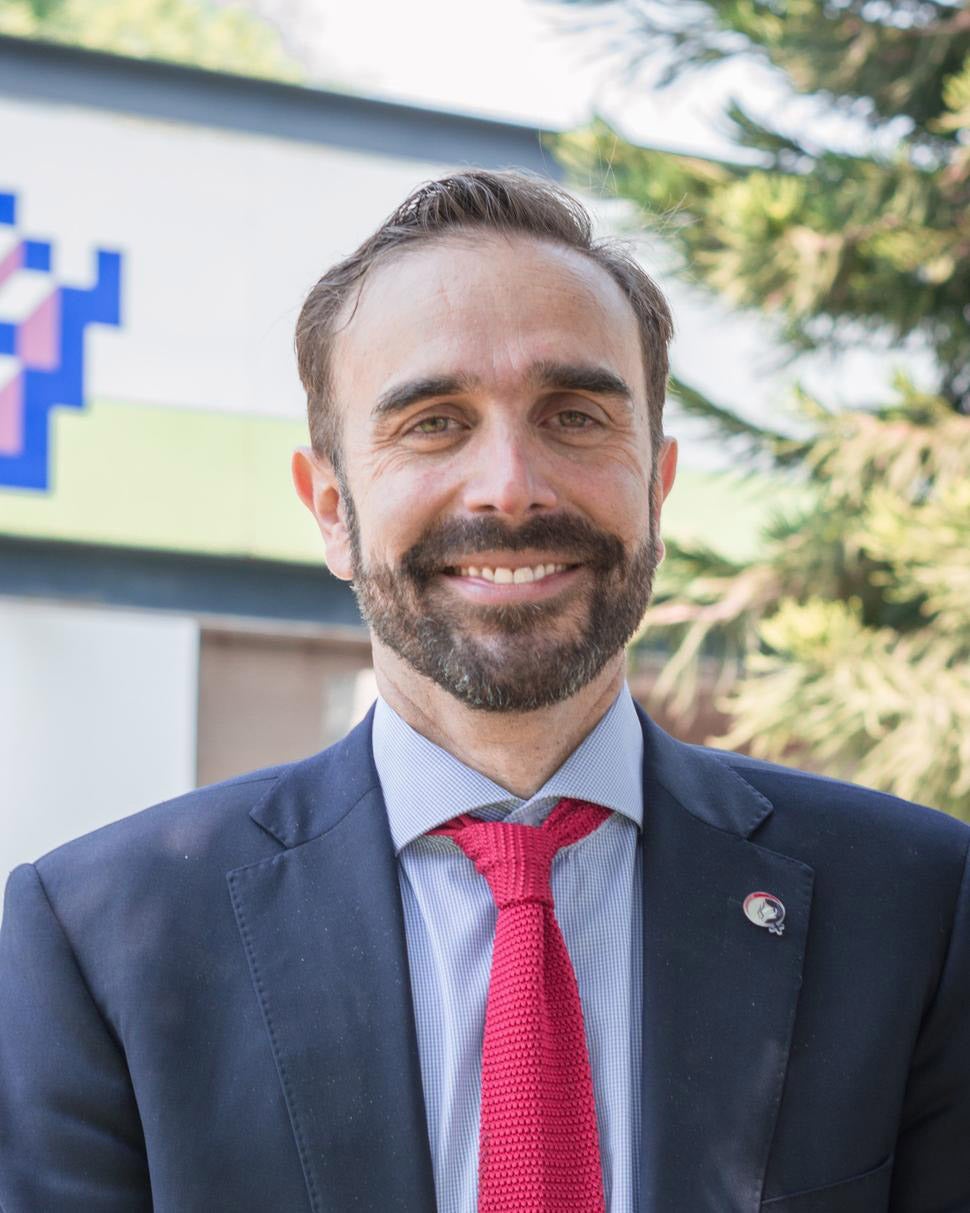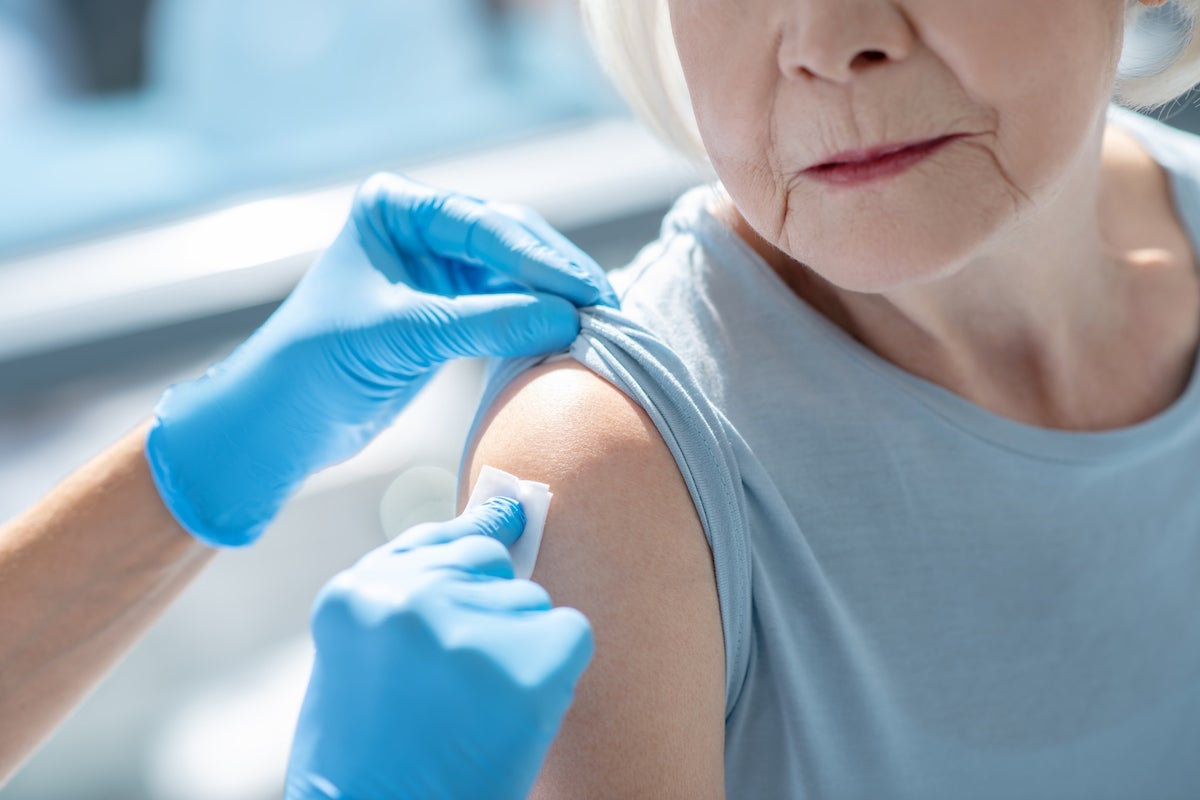Measuring cancer risk burden in Mexico

Martin Lajous, SD ’11, launched and leads the Mexican Teacher’s Study, a cohort of women inspired by the landmark Nurses’ Health Study.
Martin Lajous is a chronic disease epidemiologist serving as a faculty-researcher with Mexico’s National Institute of Public Health. He spoke about his work with the Mexican Teacher’s Cohort on identifying cancer risk factors
Q: What brought you to Harvard T.H. Chan School of Public Health to study epidemiology?
A: After graduating from medical school and finishing my internship, I worked for a year as a research assistant to an academic surgeon in Mexico. We were trying to evaluate the outcomes of different surgical techniques that he was using. I became very frustrated because I knew that we were not doing a good job with the data. It made me think that it would be helpful to do some training in clinical epidemiology.
I applied for the one-year Master of Science program. When I arrived, it was like I was struck by lightning, in the sense that it opened my mind to the potential for doing good clinical and public health work. I switched to the two-year program, even though I didn’t need to as a medical graduate. I realized that I needed more training to do the work I wanted to do.
Q: How were you involved in the launch of the Mexican Teacher’s Cohort?
A: As I was finishing my master’s degree, I got a job offer from Mexico’s National Institute of Public Health to set up a cohort inspired by the Nurses’ Health Study. The person who called me was Mauricio Hernández-Ávila, an alumnus who had worked with Walter Willett on a case control study in Mexico that found carbohydrate intake was associated with breast cancer risk. This had not been seen before, and he and Walter wanted to confirm the findings using prospective data [collected from studies in which individuals are followed over time]. They thought it would be a good idea to set up a cohort of women in Mexico—where carbohydrate consumption is much higher than in North American and European populations—to study breast cancer and other health outcomes.
I had the idea to focus on teachers. They have job stability, and as government employees their health records were accessible. They were also very accustomed to filling out bubble questionnaires for evaluations.
I obtained the initial funding for the cohort between my master’s and doctoral degree programs at Harvard Chan School and remained closely involved with the project. I became scientific director after I graduated, and principal investigator in 2014.
Q: What have been some of the key findings from the cohort so far?
A: There are three areas that I think have been particularly interesting. One is on family incarceration, psychological stress, and cardiovascular risk. We found that women who had an incarcerated family member had higher perceived stress, in addition to higher levels of cortisol in their hair, an indicator of chronic stress. And we found that these women also had higher risk of cardiovascular disease relative to those who did not have an incarcerated family member.
We’ve also been looking at low-intensity smoking, which is very common smoking pattern in Mexico but has not been widely studied. We found that smoking as little as one or two cigarettes a day was associated with higher risk of premature death from all causes and from all cancers.
The third area is carbohydrate intake and breast cancer risk. We found that higher intake of foods with a high glycemic index and added sugars was associated with higher breast cancer risk, corroborating the findings from Walter Willett and colleagues that inspired the launch of the Mexican Teacher’s Cohort. It was like coming full circle after almost 20 years.
Q: Are you working on any other public health projects?
A: I’m involved with LISTOS (Leveraging Implementation Science To Optimize Strategies) for Cancer Control. Listo means two things in Spanish: smart and ready. Over the next five years, we’re going to create a new center located in Mexico City and Cuernavaca to support research and training in implementation science, with a focus on improving cancer control efforts in Mexico and Latin America. I’m going to be leading a project developing a colorectal cancer screening program, and other projects will look at breast cancer prevention and at HPV screening at factories along the Mexico-U.S. border.LISTOS is a National Cancer Institute-funded collaboration between UTHealth Houston, the Mexican National Institute of Public Health, the Mexican National Cancer Institute, and the University of California San Francisco and will be part of a wider network of implementation science centers in low- and middle-income countries.
Q: Can you think of anything that you learned during your graduate studies that you’ve carried into your work?
A: From my nutritional epidemiology courses with Walter, I learned that it’s important to think about the errors we make when we measure things—error is inevitable—but also to measure how much error you have. I have used that framework a lot.
Another very influential thing that I learned thanks to Miguel Hernan is how to think causally. Like Neo in The Matrix starts seeing the world in zeros and ones, I try to understand the world graphically using causal diagrams. Now every time I’m presented with a problem, I take a piece of paper and draw it out.
Q: What are some highlights of your time at Harvard Chan School?
A: I was there in 2009 when H1N1 hit. The epicenter of that pandemic was in Mexico. I worked with Marc Lipsitch’s infectious disease group for a few months and learned a lot about measuring the impact of a public health emergency. I drew on that experience during COVID-19.
It’s been amazing to be part of the School community throughout my career. The connections I’ve made—with people like Michael Reich, who I taught with on Department of Global Health and Population Winter Session courses in Mexico on the Mexican Health System—have been long-lasting, and critically important in any new project I start. They’ve helped not just my own career but public health in my country.
Q: What’s a goal you have in public health?
A: My long-term goal is to be able to measure the burden of cancer in Mexico consistently and robustly. I want to be able to do research in emerging risk factors for different types of cancer and to be able to make evidence-based interventions for cancer prevention and control part of standard care. We have a lot of things in our armory that we could be using to detect, prevent, and control cancer.
Read more about Lajous’ work, including how he linked contaminated maize used in homemade tortillas to a disproportionate liver cancer burden in Mexico, particularly among rural populations.


